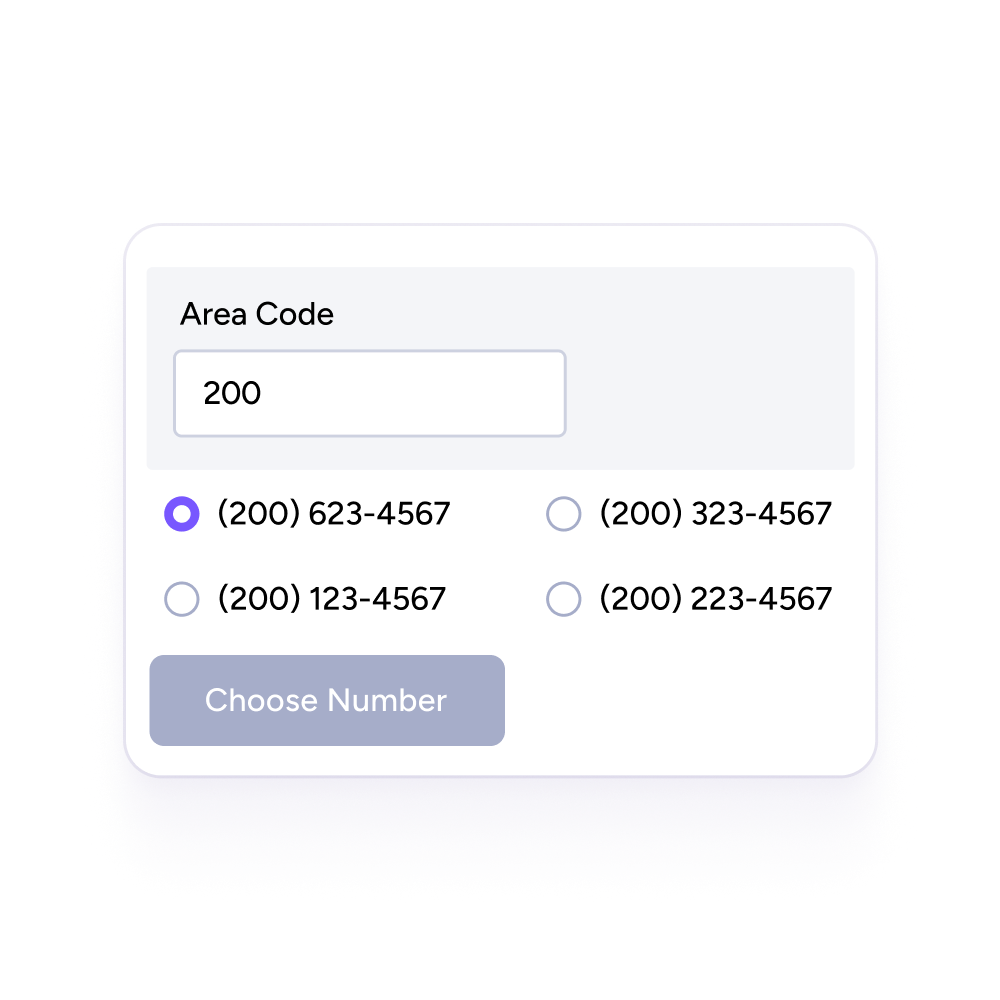Pick a local phone number
Put in your area code and we'll generate options for you to choose from. Local phone numbers feel recognizable for your church and more personal.
We also offer five-digit short codes.

We handle the paperwork and compliance
Carrier registration isn't simple, and carriers constantly make updates. That said, we've registered thousands of churches, so we know how it works and what churches specifically need to be compliant with wireless carriers.
Our timeline is one of the fastest available, if not the fastest. Most providers take around 10 days to register. Clearstream's average timeline is 19 hours. And our support team goes beyond just the initial sign-up; if messages fail, we will help you troubleshoot and solve any issues.

Frequently Asked Questions
If you don't have a dedicated short code, the other carrier-approved option is an A2P 10DLC number. A registered long code helps mitigate spam and slow throughput issues, which often occur because carriers are blocking mass texts from P2P numbers (long codes that aren't registered). When you send a text to a friend or your Uber driver lets you know they've arrived — those are P2P exchanges. When you text a small group or inform your church about service changes — those are A2P exchanges.
Once you choose and create a 10-digit number in your Clearstream account, you'll see a notification asking you to register your number. We'll need your EIN number (if your church has one) and then some basic information about your church including name, address, and website.
Yes-ish. A 10-digit local number (aka long code or 10DLC) can be a P2P (person-to-person) or A2P (application-to-person) number. A long code that is used to send mass texts must be registered as an A2P number.
All Clearstream numbers are registered as A2P numbers.
The only exception is if you use a toll-free number instead of a local number. Toll-free numbers are not yet included in A2P registration, but likely will be in the future.
Unlike other providers, Clearstream will register your A2P number to maximize throughput. In most cases, you will be able to achieve 10-100mps throughput using your A2P numbers.
You can improve your throughput by making sure to provide your EIN when submitting your A2P registration information.